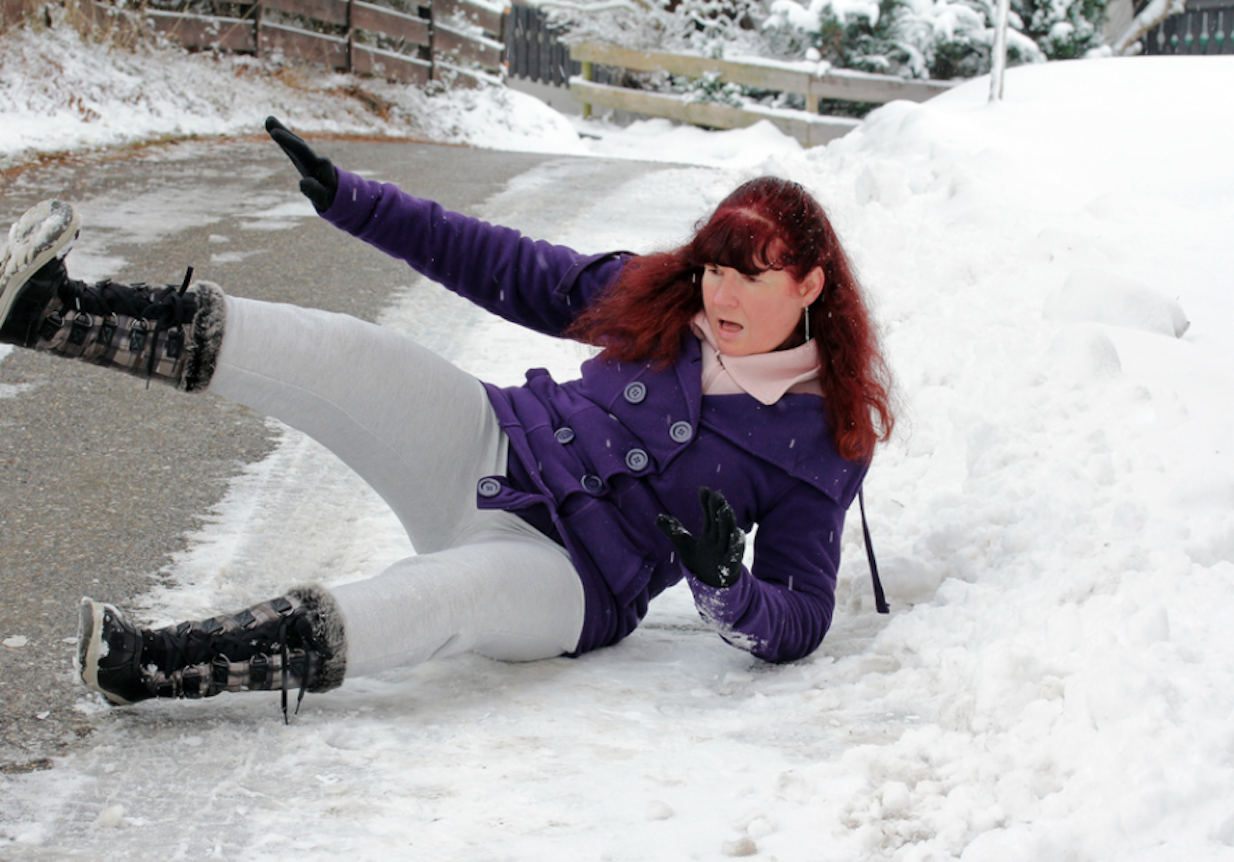Slip and fall accidents are the second most common cause of physical injury and accidental death in the United States. According to official statistics, around 12 percent of emergency hospital visits result from slip and fall injuries. Each of these accidents has a 25 to 30 percent likelihood of serious physical injury and a significant risk of permanent disability and death.
While the extent and severity of these injuries can vary between different cases depending on the circumstances, there are several different types of injuries seen commonly in most slip and fall accidents.
Bone Fractures
Contents [show]
Broken bones are the most common type of slip and fall injuries in the United States. A fall on a hard surface such as a solid floor or staircase, etc., can put more pressure on the bones than they can handle, resulting in bone fractures. The most commonly seen fractures in slip and fall accidents are broken hips, ankles, and wrists. Due to the decreased bone density in old age, elderly people are more prone to these fractures.
Joint Sprains
Joint sprains result from the efforts to cushion a fall after slipping. The pressure or unusual angle of contact with the ground results in the ligaments of the affected joint being torn. The relatively avascular nature of the joint ligaments causes such injuries to heal slowly. An untreated or slow-healing joint sprain can, in turn, negatively impact your quality of life.
Joint Dislocation
Shoulder and hip joints are the most commonly dislocated joints in slip and fall accidents. These joints can get easily dislocated due to the pressure of the fall and might require surgical treatment.
Even though surgical or non-surgical interventions can bring the joint back to its original position, the road to recovery after such an injury is often long and complicated. The physical incapacitation resulting from a slip and fall joint dislocation can have long-term physical, emotional, and financial consequences for the victim of the accident.
Spinal Cord & Nerve Injuries
Slip and fall accidents are a common cause of damage to the spine and consequent compression of the spinal cord or peripheral nerves. Cord compression resulting from such an accident can have temporary or permanent neurologic sequelae and might not get completely treated even despite the best possible medical or surgical treatment.
Traumatic Head & Brain Injuries
If a victim of a slip and fall accident lands on his/her head, it may lead to a Traumatic Brain Injury (TBI). TBIs comprise a wide range of injuries from minor brain contusions to severe hemorrhages and hematomas. All types of bleeding in the brain can lead to seizures and mental or physical disability, irrespective of their extent or severity. TBIs are some of the most dangerous consequences of slip and fall accidents.
Soft Tissue Injury
Slip and fall accidents can cause soft tissue injuries, including bruises, cuts, abrasions, lacerations, etc. While most soft tissue injuries can be treated with emergency medical attention only, others might be associated with deeper underlying injuries like bone fractures, joint dislocations, or sprains, etc.
What To Do if You Get Injured
If you were injured in a slip and fall accident on someone’s residential or commercial property, you might be entitled to financial compensation. To obtain said compensation, you have to prove that the accident was not your fault and resulted from the negligence of the opposite party. Hiring a reputable injury lawyer can go a long way in ensuring you receive fair compensation for your physical, emotional, and financial damages.


